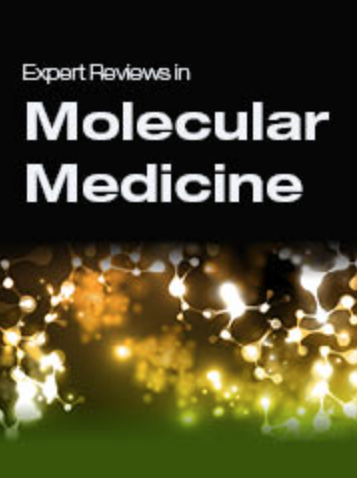The potential role of FNDC5/irisin in various liver diseases: awakening the sleeping beauties
IF 4.5
2区 医学
Q1 BIOCHEMISTRY & MOLECULAR BIOLOGY
引用次数: 3
Abstract
Abstract Fibronectin type III domain-containing protein 5 (FNDC5) is a transmembrane protein and the precursor of irisin, which serves as a systemic exerkine/myokine with multiple origins. Since its discovery in 2012, this hormone-like polypeptide has rapidly evolved to a component significantly involved in a gamut of metabolic dysregulations and various liver diseases. After a decade of extensive investigation on FNDC5/irisin, we are still surrounded by lots of open questions regarding its diagnostic and therapeutic values. In this review, we first concentrated on the structure–function relationship of FNDC5/irisin. Next, we comprehensively summarised the current knowledge and research findings regarding pathogenic roles/therapeutic applications of FNDC5/irisin in the context of non-alcoholic fatty liver disease, fibrosis, liver injury due to multiple detrimental insults, hepatic malignancy and intrahepatic cholestasis of pregnancy. Moreover, the prominent molecules involved in the underlying mechanisms and signalling pathways were highlighted. As a result, emerging evidence reveals FNDC5/irisin may act as a proxy for diagnosing liver disease pathology, a sensitive biomarker for assessing damage severity, a predisposing factor for surveilling illness progression and a treatment option with protective/preventive impact, all of which are highly dependent on disease grading and contextually pathological features.FNDC5/irisin在各种肝病中的潜在作用:唤醒睡美人
纤维连接蛋白III型结构域蛋白5 (FNDC5)是一种跨膜蛋白,也是鸢尾素的前体,鸢尾素是一种具有多种来源的全身运动因子/肌肉因子。自2012年被发现以来,这种激素样多肽已迅速进化为一种显著参与一系列代谢失调和各种肝脏疾病的成分。经过十年对FNDC5/鸢尾素的广泛研究,我们对其诊断和治疗价值仍有许多悬而未决的问题。本文首先对FNDC5/鸢尾素的结构-功能关系进行了综述。接下来,我们全面总结了FNDC5/鸢尾素在非酒精性脂肪性肝病、纤维化、多重有害损伤肝损伤、肝脏恶性肿瘤和妊娠肝内胆汁淤积中的致病作用/治疗应用的现有知识和研究成果。此外,还强调了参与潜在机制和信号通路的重要分子。因此,新出现的证据表明FNDC5/鸢尾素可能作为诊断肝脏疾病病理的代理,评估损伤严重程度的敏感生物标志物,监测疾病进展的易感因素和具有保护/预防作用的治疗选择,所有这些都高度依赖于疾病分级和背景病理特征。
本文章由计算机程序翻译,如有差异,请以英文原文为准。
求助全文
约1分钟内获得全文
求助全文
来源期刊

Expert Reviews in Molecular Medicine
BIOCHEMISTRY & MOLECULAR BIOLOGY-MEDICINE, RESEARCH & EXPERIMENTAL
CiteScore
7.40
自引率
1.60%
发文量
45
期刊介绍:
Expert Reviews in Molecular Medicine is an innovative online journal featuring authoritative and timely Reviews covering gene therapy, immunotherapeutics, drug design, vaccines, genetic testing, pathogenesis, microbiology, genomics, molecular epidemiology and diagnostic techniques. We especially welcome reviews on translational aspects of molecular medicine, particularly those related to the application of new understanding of the molecular basis of disease to experimental medicine and clinical practice.
 求助内容:
求助内容: 应助结果提醒方式:
应助结果提醒方式:


